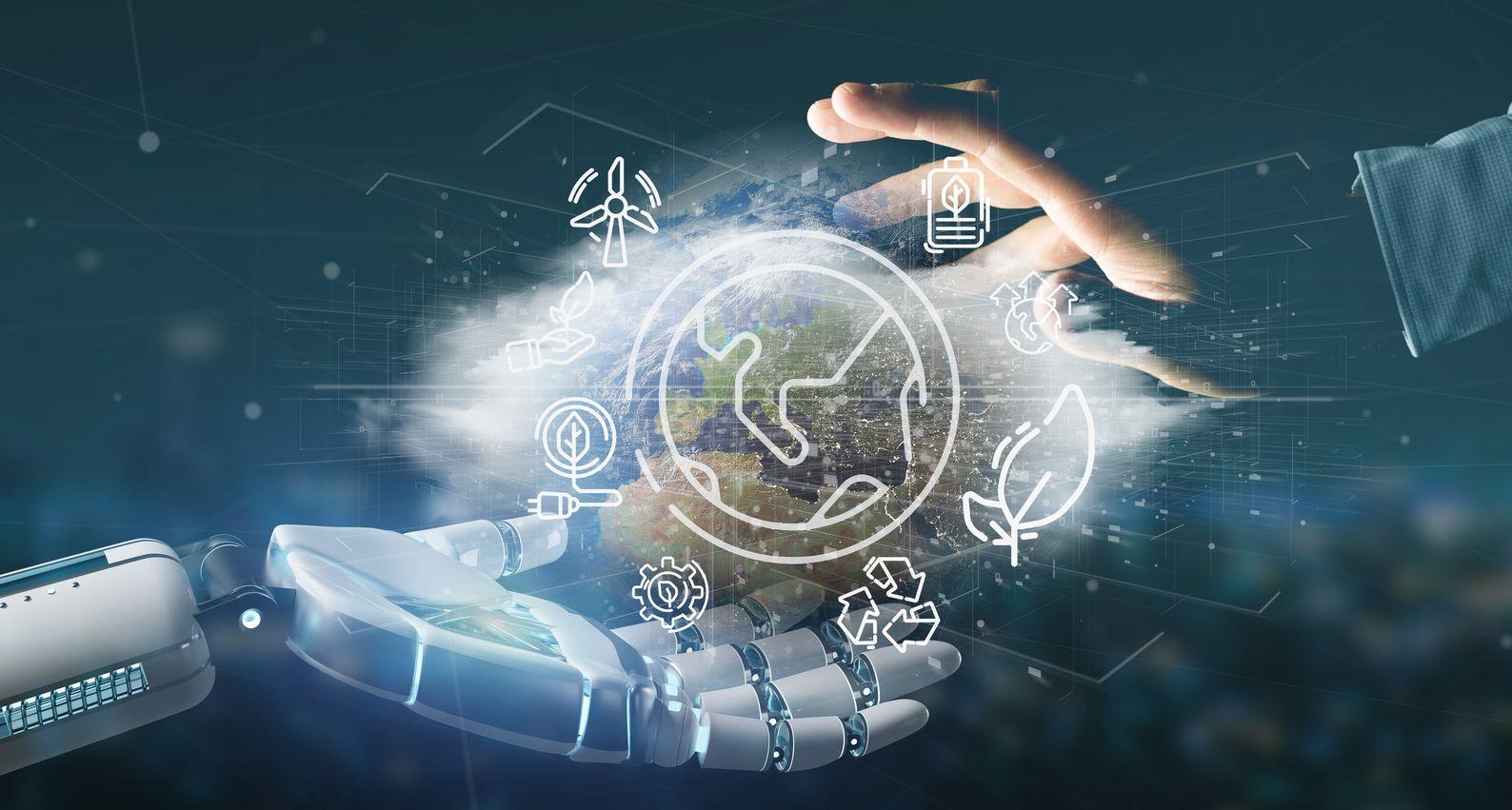Can AI Save the Oceans?
Published on 29 Oct, 2021

Oceans cover about 70% of the earth’s surface; however, only 19% of this surface is mapped and monitored. Lack of information on the unmapped areas has led to issues such as overfishing, habitat destruction, marine pollution, and loss of biodiversity. AI can help save the oceans by providing crucial insights. Various companies are working in close collaboration to leverage AI technology in order to gather relevant data and convert it into actionable goals.
As the negative impact of climate change becomes increasingly severe and global temperatures soar, environmental degradation has become a matter of utmost importance. One of the major steps in preventing this is to protect our oceans. Oceans are essential if the planet has to survive the ongoing climate change. The vast water bodies absorb 90% of the heat caused by various emissions and generate almost 50% of the oxygen that humans breathe. However, increasing plastic pollution, higher incidences of oil spills, and overfishing are slowly choking the marine life.
Hence, it is imperative to save the oceans and AI is one of the technologies that can help us do this.
How AI can save our oceans:
- Detecting anomalies
- Currently, one of the hindrances we face is lack of information that can help design and take effective measures. Around 95% of the world’s oceans remains unexplored, which is where AI comes into play. Researchers are using AI algorithms to analyze data obtained from marine exploratory vehicles or camera systems. The technology helps to identify new marine animal and plant species in the deep sea, understand anomalies in their behaviors and reasons for such anomalies. Some of the new devices launched in this space include:
- Kaiko: Japan Agency for Marine-Earth Science and Technology has developed an underwater, remotely operated vehicle for sea exploration. This AI-powered vehicle has discovered many biological species that could be beneficial in medical and industrial applications.
- Crabster: The Korea Institute of Ocean Science and Technology has developed an underwater AI-based robot to repair any damage in underwater infrastructure such as oil or gas pipelines.
- AI can also aid in detecting one of the biggest threats to marine life today—plastic pollution. Machine learning models and AI algorithms can be used to detect polluted areas and design informed strategies to combat this issue. Some of the organizations engaged in preventing pollution are:
- Ocean Cleanup, a non-profit organization (NPO), uses AI tools to identify plastic pollution and clean up oceans.
- New Zealand-based NPO Sustainable Coastlines is collaborating with Microsoft. The objective was to implement AI algorithms in order to identify the sources and causes of coastal pollution and develop solutions to take corrective measures.
- Establishing patterns
- AI analyzes data from the ocean’s ecosystem to track temperature variations, monitor marine life, check probabilities for earthquakes or tsunamis, and gather an overview of the numerous activities going on underwater. Such data is extremely important and can provide insights on pH changes, identification of marine species, fish stock, and various other patterns that can assist in setting up more effective plans to save the oceans.
- Predicting threats
- Many forms of marine life are facing the threat of extinction. AI can not only be used to monitor poaching activities but also predict the level of threat of overfishing. AI tools can help fishermen identify and forecast the right fishing zones, thereby minimizing damages to the ocean and optimizing fishing efforts.
- This objective is supported by an online AI-powered research platform called Flukebook.org that aids conservationists with provision of common data and automatic identification of species to study and protect whales and dolphins.
- OOICloud, a collaborative project between Columbia University and Queens College, offers an AI-enabled platform to scientists, oceanographers, and conservationists to access big data for ocean study and conservation.
- Coral reef, a crucial marine ecosystem, is the life support of oceans and provides habitat to over 25% of the marine life. However, plastic pollution and other harmful activities are causing it to degrade. AI helps researchers monitor and restore coral reef.
- A consortium of Accenture, Intel, and Sulubaai Environmental Foundation has launched an AI-based solution called Project CORail to track coral reef health. Underwater cameras with video analytics services platform have been deployed to collect data that can help predict future trends.
The key function of AI in most of the use cases mentioned above is to analyze marine data and provide vital information. Data conservationists can track populations of species, identify the results of human interventions, and help save endangered species using the insights offered by AI tools. Researchers can leverage computational sustainability to analyze large volumes of data gathered from these tools to make predictions, understand anomalies in aquatic life, and find informed solutions. This data can also help minimize illegal fishing and poaching activities, and maintain the delicate ecological balance of the oceans.

